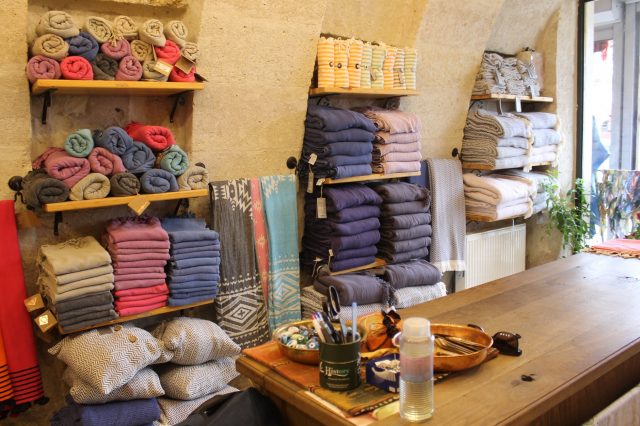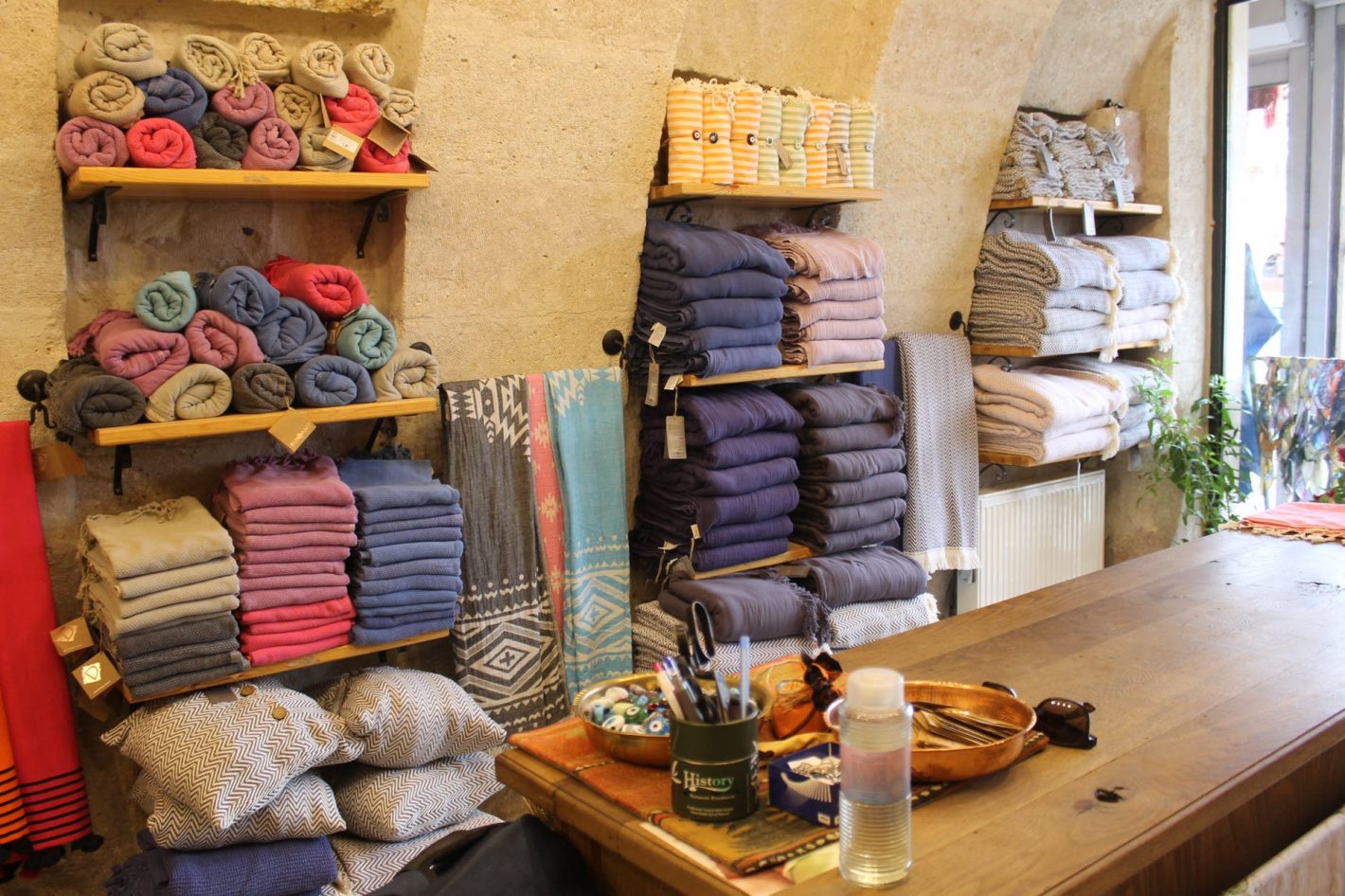Many industries are transforming their approach to consumers and education, due to the evolved technology; the fashion industry has not been left behind. The emergence of social media has kept fashion on its toes as it has turned out to be the best tool which tracks the changing consumer values and strengthening retail cycles. This advancement is attributed to technology, which has led the fashion industry and affiliated companies restructure their marketing structures, runway shows, and other aspects. Most fashion companies have taken to selling in stores and online through thesis help. This dictates a major step in the fashion industry as they set networks to answer to consumer demands fast and reliably. The technological changes have been incorporated in fashion education and courses.

Fashion design courses
Most of the established fashion training institutions are now using ‘fusible interfacing’. Fashion students have always been taught how to use the sew-in interface where they had to use a machine or the hand to sew it in place. However, the fusible interfacing requires to be ironed on fabrics and it’s done. This is changing the way students interact with fabrics with new emerged techniques to handle them.
Computer Aided Design (CAD)
Fashion designers used to represent their designs through drawings which meant having a visual of the finished design. This was limited to some fashion designers because it purely depends on the artistic skills of the designer. So the drawing could be very different from the outcome. CAD has a wide range of computer tools which help thesis assistance designers come up with a 3D garment design with embellishment, drafting patterns, fabric design, and embroidery. The fashion industry is embracing CAD and a designer knowledgeable at the same is more likely to secure a job.
Print design
Fashion students have the privilege to integrate technology to redesign the latest digital print and digital dying vats. This has made it easy for the designing of unique print designs and screen printing.
Wearable Technology
In the bid to bridge the gap between technology and fashion some colleges have established innovation labs to where students explore and engage. These innovation labs are digitalized allowing students to work with the wearables on technology.
Digital marketing
Promotion of fashion has evolved from traditional marketing such as magazines and press releases to use of digital tools. The companies have made their presence felt online through social media platforms as they build different channels which they engage with customers. It is a requirement that in the fashion industry all involved know how to use the digital tools to their advantage to engage customers on social media and build and maintain relationships with customers. Digital tools are effective tools of marketing and when used correctly can have high conversion rates in the attraction of customers.
Fashion colleges are slow to adapt tech pack, however; the main focus in fashion is the design. The garment construction has really advanced in technology and fashion colleges are rethinking the work practices and the way they interact with technology. Thesis.com recommends the fashion industry should be fast to come up with a new set of skills to be used in learning which incorporates technology. The best would be to change the fashion curriculum.

